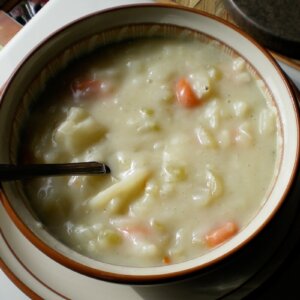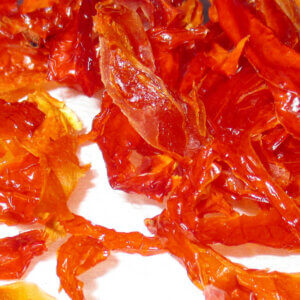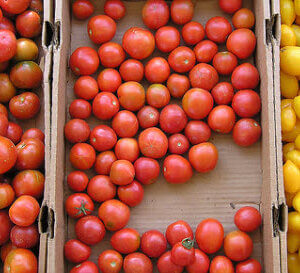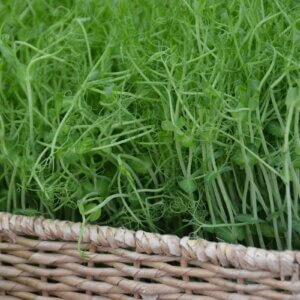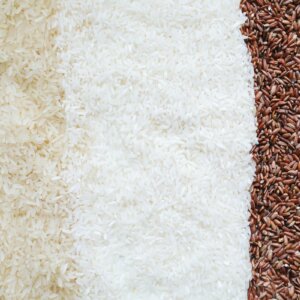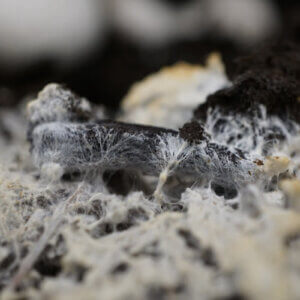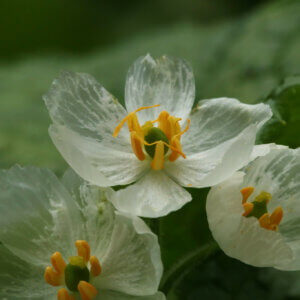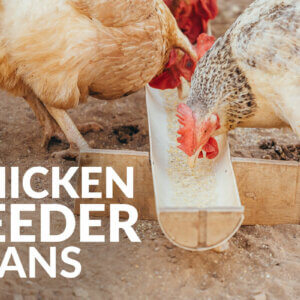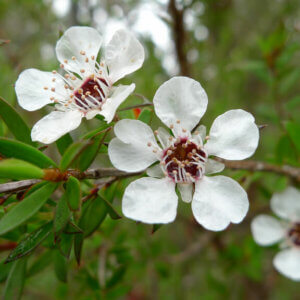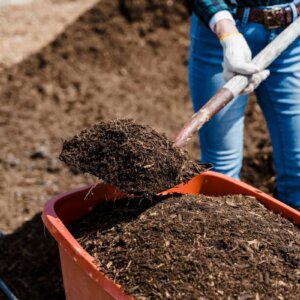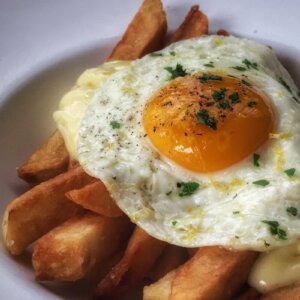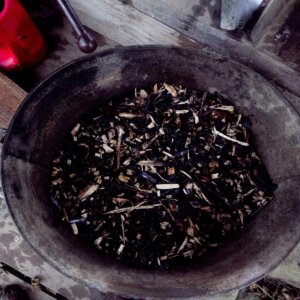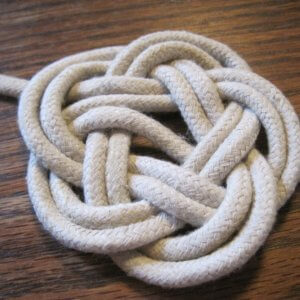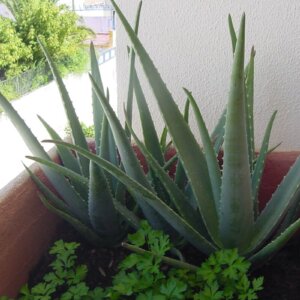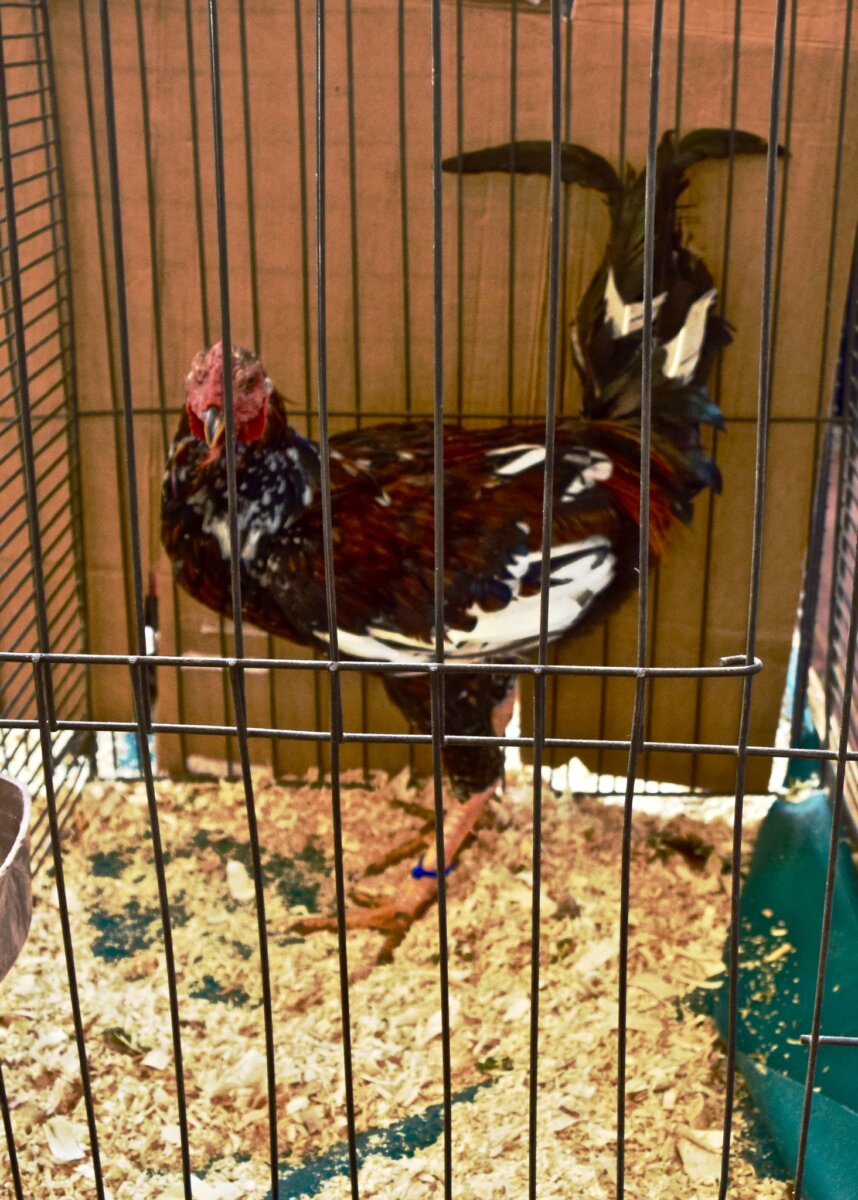
- Purpose: Ornamental
- Eggs: Light Brown
- Egg Size: Medium
- Color: Black, White, Red
- Comb Type: Strawberry Comb
Standing literally head and shoulders above the rest of the flock, the sight of the dinosaur-like Malay is both interesting and imposing. With long, strong legs, tightly held feathers, a long neck, and a pose that sometimes seems more human than chicken, this ancient breed lays claim to the title of tallest chicken.
Though they’re rare in North America, these birds have probably been around longer than most other chicken breeds.
Like the Asil, with whom it shares some visual similarities, the Malay is an ancient breed, and its origins have been lost during the 3500 years that it has been known to exist.
Characteristics
To see a Malay chicken is to see its history as a fighting bird. With its muscled, powerful legs, strawberry comb, tightly-held, hard feathering, small wattles, angry-looking glare and curved, strong beak, it is not to be trifled with. Even the sounds they make are atypical! Rather than a gentle cluck, these birds make a vocalization that is more like a roar.
As you may expect from a bird hailing from southeast Asia, they tolerate heat incredibly well. Of course, most notably, these birds are tall. A full-grown rooster usually stands at an imposing 30 inches, and according to chicken lore, they are able to eat grain off the top of a barrel or dining room table. This is not a recommended party trick!
Though there’s nothing to speak of a Malay hen’s laying ability, her instincts as a broody mother are spot-on if they surface. With her tightly-held feathering, she can’t cover many eggs, but you can be sure that she’ll defend the chicks she does raise with dedication!
Just be sure to keep any Malay roosters far from the chicks – they have a tendency to be cruel to their own young.
Malays Can Fight Anything … Except the Cold
Though these birds would kick a hot summer in the face without getting their feathers ruffled, the same can not be said of their reaction to the cold. Malays just don’t have the feathering to make it through a cold winter.
In addition, their rather small gene pool in the U.S. means that a hardy Malay chick is a rare find. Though they are sturdy enough in adulthood, the chicks have a tendency to be fragile. Introducing probiotics into their diet may help them avoid common chicken maladies.
Though they are known in some circles as the most personable of the gamefowl breeds, these are not recommended for the novice chicken keeper or for the small child desiring a pet chicken.
These birds have a long history of being used as fighters, and though those days are over, their pugnacious spirit still remains. Don’t combine them with other birds. You’ll be sure to have a fight and casualties. The ideal arrangement for Malays is one cockerel with one or two hens.
Finally, Malays will not be contained. Though they are too heavy to fly, they do not tolerate confinement, and require a large, open range to live the healthiest life they can.
What’s the Yield?
No longer used as a fighting bird, the principal use of a Malay is ornamental. They tolerate being handled by experienced humans quite well and are an interesting endeavor for the intrepid chicken-exhibitor.
There are many colors to choose from, and all of them look quite fierce cloaking this T-Rex of a chicken!
A rooster usually reaches a very-muscled 9 pounds, and the smaller hens reach 7 pounds. Some report that the meat is a delicacy, while others say that the meat is too stringy in comparison to fatter, gentler chickens. They are slow to mature, however, so don’t expect to turn out a broiler of a bird in the 10 weeks it takes for fast-growing meat types.
Like many game hens, the Malay hen is not a generous producer of eggs. It is typical to get 50 eggs a year or fewer. Eggs are medium-sized and light brown.
Ironically enough, this tallest of chickens was the first standard-sized bird to be bantamized.
Pictures of Malay Chickens
Resources
- Malay Chicken, The Livestock Conservancy
- Malay, Omlet
- Poultry Breeds – Malay Chickens, Oklahoma State University
- How to Raise the Towering Malay Chicken, Countryside Daily
- Malay, My Pet Chicken
- Malay, BackYard Chickens
- Malay Chicken, Roy’s Farm
- Malay Chickens, Hobby Farms
- Malay Chickens: The Tall Asian Breed, Raising Chickens
- Malay, Ultimate Fowl Blog
- Malay Game, Show Poultry
- Malay Chicken, Wikipedia

